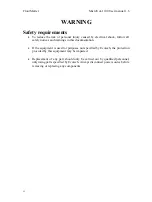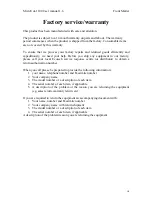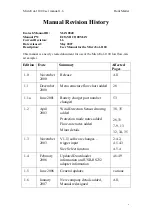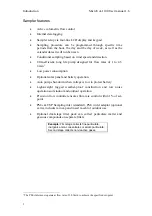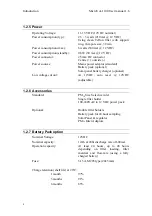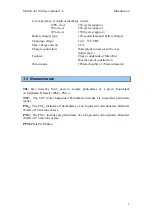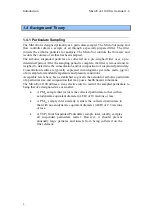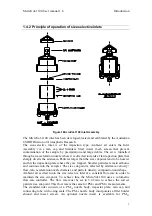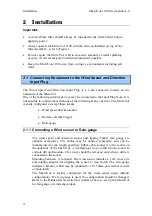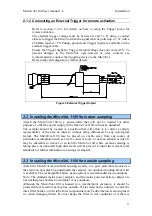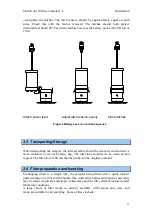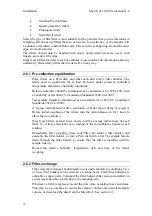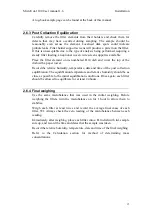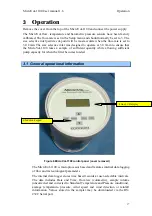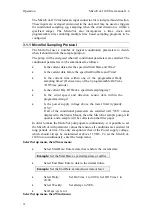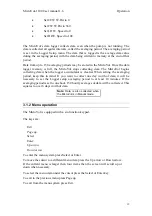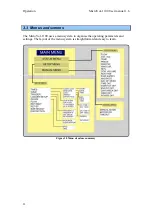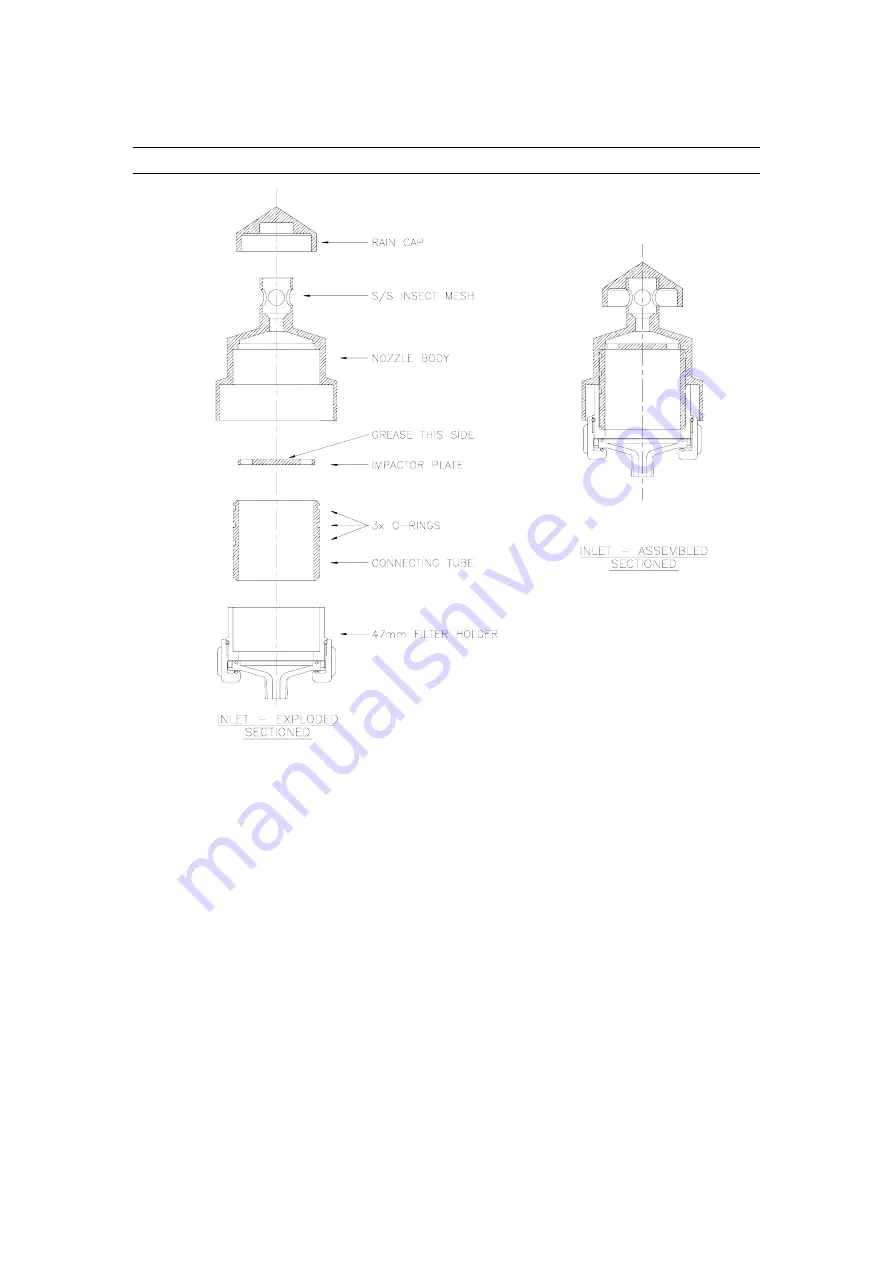
MicroVol-1100 User manual 1.6
Introduction
1.4.2 Principle of operation of size selective inlets
Figure 1 MicroVol-1100 Inlet Assembly
The MicroVol-1100 inlet has been developed, tested and calibrated by the Australian
CSIRO Division of Atmospheric Research.
The size-selective inlet is of the impaction type. Ambient air enters the Inlet
Assembly via a rain cap and Stainless Steel insect mesh screen that prevent
contamination of the sample by precipitation and large debris. The air is funnelled
through an acceleration nozzle where it is directed towards a flat impaction plate that
sharply diverts the airstream. Particles larger than the size cut-point tend to be heavier
and hit the impaction plate where they are trapped. Smaller particles remain airborne
and continue into the sampler. The size cut-point is affected by airstream velocity /
flow-rate, acceleration nozzle diameter, and particle density, composition and shape.
Ambient air is drawn into the size-selective inlet at a constant flow-rate in order to
maintain the size cut-point. To achieve this, the MicroVol-1100 uses a volumetric
flow-rate controller. The flow rate must be set to 3.0 l/min to achieve the correct
particle size cut-point. This flow rate is the same for PM
10
and PM
2.5
measurements.
The standard inlet consists of a PM
10
nozzle body, impactor plate, rain cap and
connecting tube with o-ring seals. The PM
10
nozzle body incorporates a filter holder
shroud and insect screen. An optional nozzle insert is available for PM
2.5
7
Summary of Contents for LVS-100
Page 1: ...USER MANUAL metone com LVS 100 Low Volume Air Sampler Version 1 6...
Page 26: ......
Page 42: ......
Page 45: ......
Page 56: ......
Page 58: ......
Page 65: ...This page is intentionally blank...
Page 67: ......


